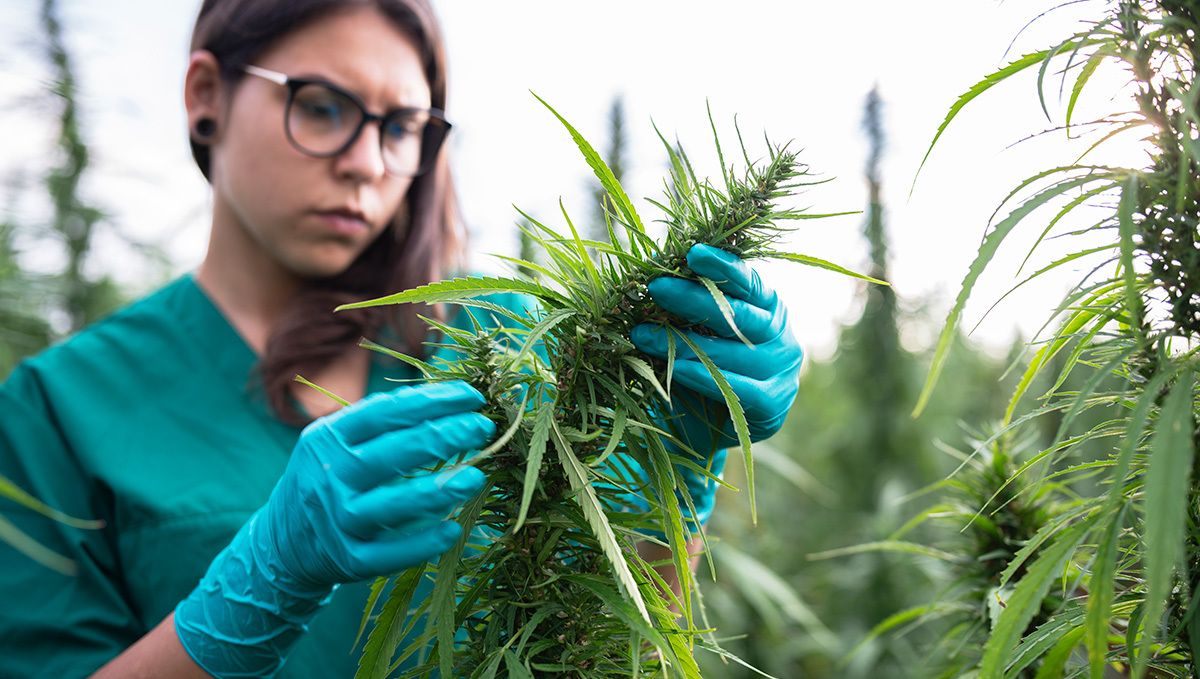2021 Saw the Highest Number of Research Papers on Cannabis

According to a recent analysis performed by NORML, a record number of scientific papers on cannabis were published in the first eleven months of 2021. A search through PubMed, an online publishing platform for peer-reviewed research, showed 3,800+ new publications. The previous record was set in 2020—with more than 3,500 new entries in scientific journals.
NORML is the biggest pro-marijuana advocacy group pushing reform in America since the 1970s.
Commenting on their findings, NORML’s Deputy Director Paul Armentano said that there was now enough scientifically valid evidence on marijuana’s impact on the individual user and society at large. With what we already know, it’s time for an evidence-based conversation about the plant and its active constituents and whether cannabis should be made legal.
Vicious Circle Finally Broken
During decades of prohibition, research on cannabis was meager and mostly centered on the supposed harmful impact of the substance: from the gateway drug theory to the negative effects on memory or cognition to the hypothesis that cannabis use can trigger schizophrenia.
Thus, science was made to propagate the “devil’s weed” image, reinforcing the idea that a dangerous thing like this should be kept off-limits. At the same time, the illegal status of cannabis made it very difficult to get approval for a study, and only those that didn’t propose to find anything beneficial about the hated drug were greenlighted.
Luckily, policymakers didn’t rely on available evidence when they began to first decriminalize and then legalize marijuana in more and more jurisdictions. And laxer laws led to an increase in research, also making it less biased.

The Main Focus Is on Medical Benefits
To put things into perspective, there were less than 2,000 cannabis studies published in the 1980s and only slightly more—about 3,000—in the next decade. By comparison, scientists have conducted and published 27,000 studies since 2010. And research has only picked up pace in recent years.
The unspoken taboo on studying cannabis for its potential benefits is also a thing of the past. Researchers are now more interested in looking at cannabis in a dispassionate way. They look into the biology of the plant, study its genetic history, learn how recreational use impacts such issues as road safety and the opioid epidemic.
But the most popular area of research is the medical benefits of the drug. A 2018 study that was following the trends in scientific publications found that the majority of them have been recently focused on medical marijuana. If not a cure-all, it is still considered a valuable and powerful therapeutic substance that can help millions of patients with cancer, multiple sclerosis, Alzheimer’s disease, and many other conditions.










Comments